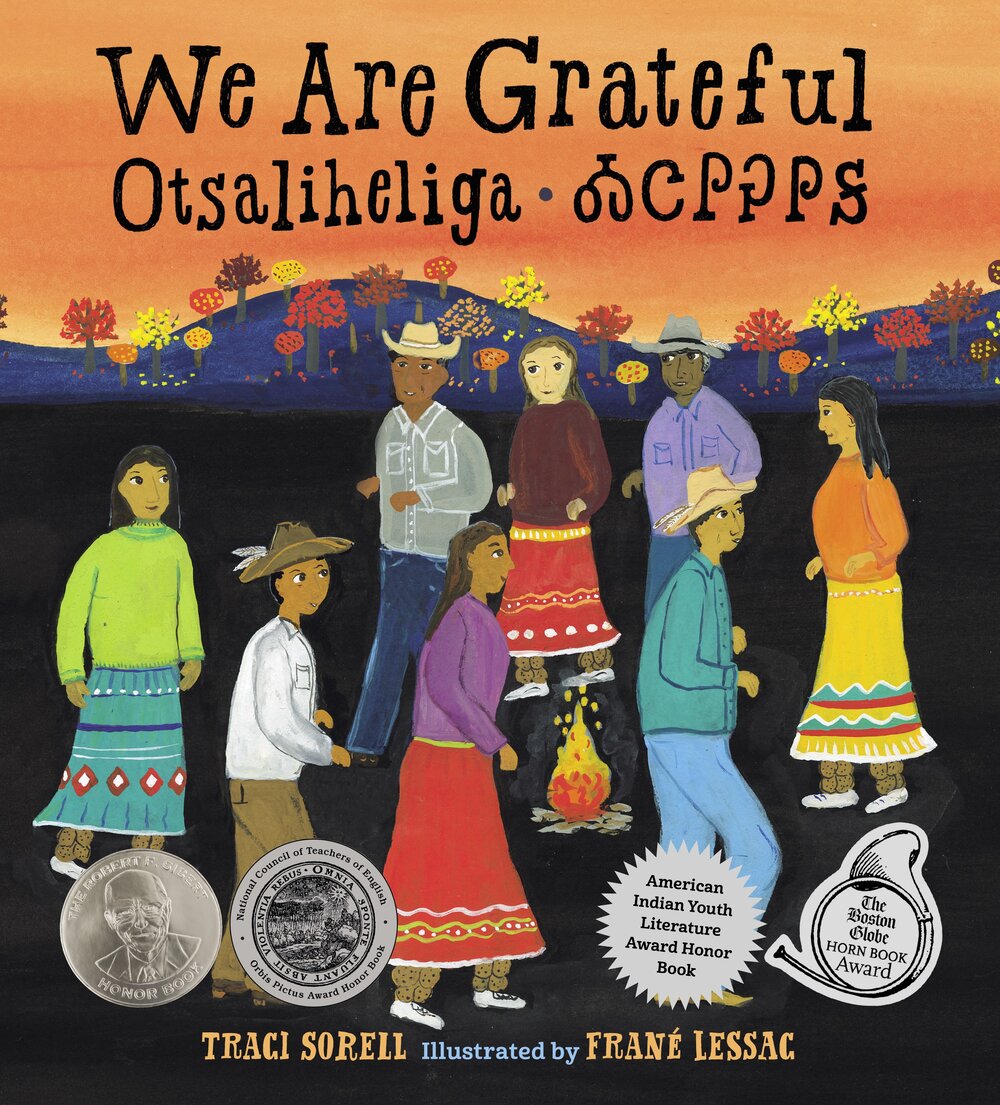As COVID-19 deaths spiked in 2020, Suzanne Firstenberg’s public art installation "In America: How could this happen…"
History Explorer Results (1131)
Related Books (350)

Grade Range:
K-12
Resource Type(s):
Artifacts, Primary Sources
Date Posted:
9/3/2020
First introduced in 2001, the Development, Relief, Education of Alien Minors (DREAM) Act, would address the growing number of undocumented youth in the United States that were unable to continue with their higher education and job prospects. It would also provide a gradual legalization pathway. Howe

Grade Range:
K-12
Resource Type(s):
Reviewed Websites
Date Posted:
6/11/2008
Angel Island Immigration Station Foundation is a non-profit organization whose primary goals are to lead the effort to preserve, restore and interpret Angel Island Immigration Station, a National Historic Landmark, as the Pacific gateway for U.S. immigration; and to promote educational activities

Grade Range:
K-12
Resource Type(s):
Artifacts, Primary Sources
Date Posted:
5/14/2009
Acupuncture has gone in and out of fashion over the centuries in both China and the West. Part of a 2,000-year-old system of medicine that originated in China, acupuncture spread across Asia and the world with the migration of Asian peoples. In 2002, there were about 15,000 licensed acupuncturist

Grade Range:
K-12
Resource Type(s):
Reviewed Websites
Date Posted:
9/10/2008
The AAR Website promotes the utilization of freight rail as a viable, eco-friendly, alternative to trucks when hauling freight across the United States, and all of North America. AAR members include the major freight railroads in the United States, Canada and Mexico, as well as Amtrak, and are ba

Grade Range:
K-12
Resource Type(s):
Reviewed Websites
Date Posted:
6/11/2008
The Densho Project is a non-profit educational organization that preserves historical first-person accounts, photographs and documents in a digital archive. Digitally videotaped oral history interviews include personal experiences of immigration, family life, mass incarceration of Japanese Americ

Grade Range:
K-12
Resource Type(s):
Artifacts, Primary Sources
Date Posted:
5/6/2010
This oval lady's compact is made in the shape of a telephone dial. On the dial appears "I LIKE IKE," with a map of the United States in the center. The point is that anywhere you might dial over the country, everybody likes Ike!

Grade Range:
K-12
Resource Type(s):
Reviewed Websites
Date Posted:
11/10/2010
Paper Engineering: Fold, Pull, Pop & Turn, an exhibition developed by the Smithsonian Libraries, presents more than 50 examples of action-packed constructions and inspired works of art spanning 500 years. The related Web site includes a blog, exhibition brochure, and video

Grade Range:
K-12
Resource Type(s):
Reviewed Websites
Date Posted:
9/15/2008
The Schomburg Center for Research in Black Culture is a national research library devoted to collecting, preserving and providing access to resources documenting the history and experiences of peoples of African descent throughout the world. Their website features online access to digitized image

Grade Range:
K-12
Resource Type(s):
Artifacts
Date Posted:
4/4/2016
Motorola produced this BPR 2000 model pager around 1982. Prior to the widespread availability of inexpensive cell phones many people carried telephone pagers to stay in contact with work or home. A miniature radio receiver, a pager alerted the user that someone needed to talk to them and provided

Grade Range:
K-12
Resource Type(s):
Artifacts
Date Posted:
2/1/2017
The Smithsonian’s National Museum of American History recently acquired at auction a rare 18th-century silver milk pot or creamer with engraved with symbols and an inscription that support the American colonists’ ongoing boycott of imported goods, especially tea, during the months following a



















